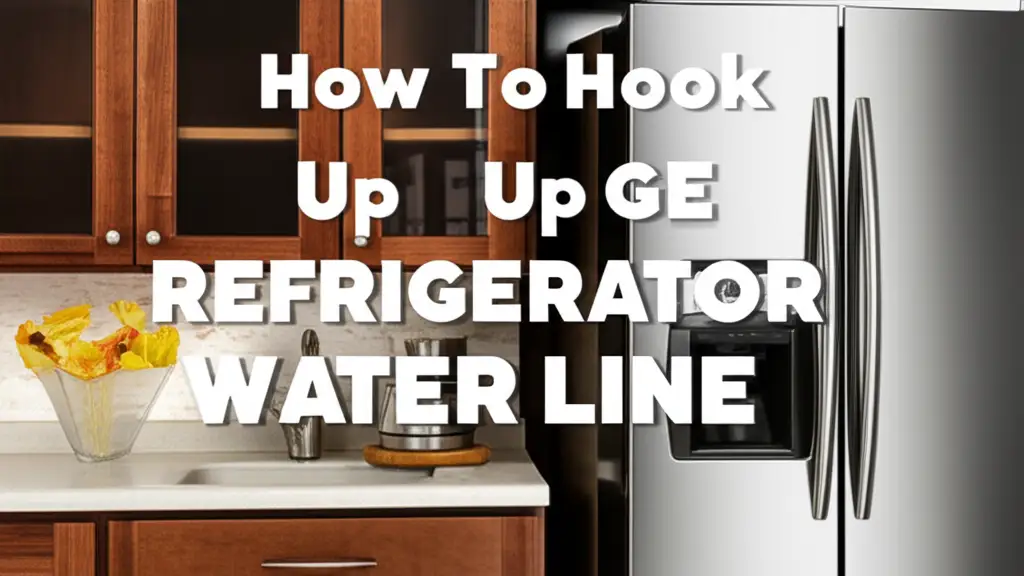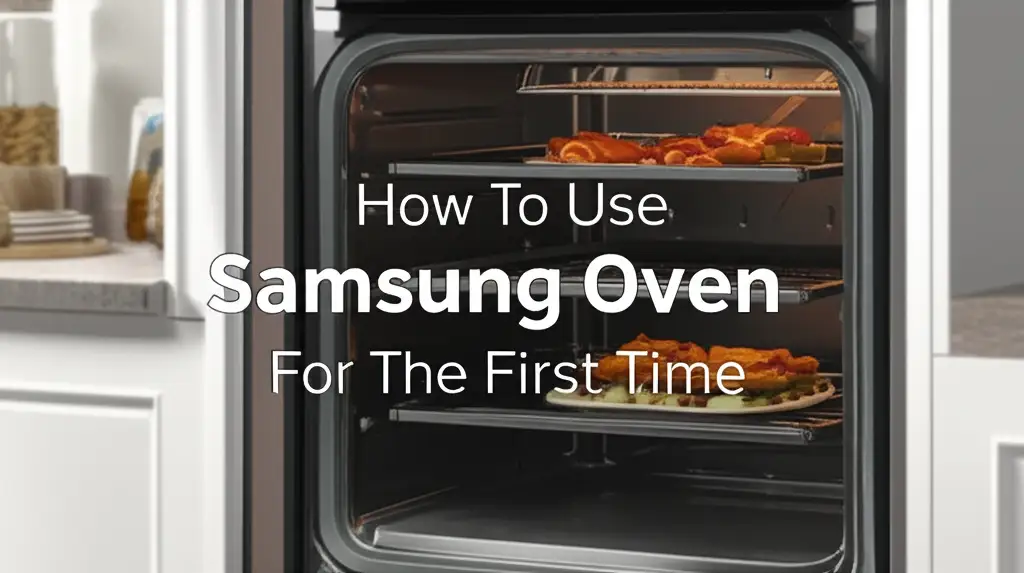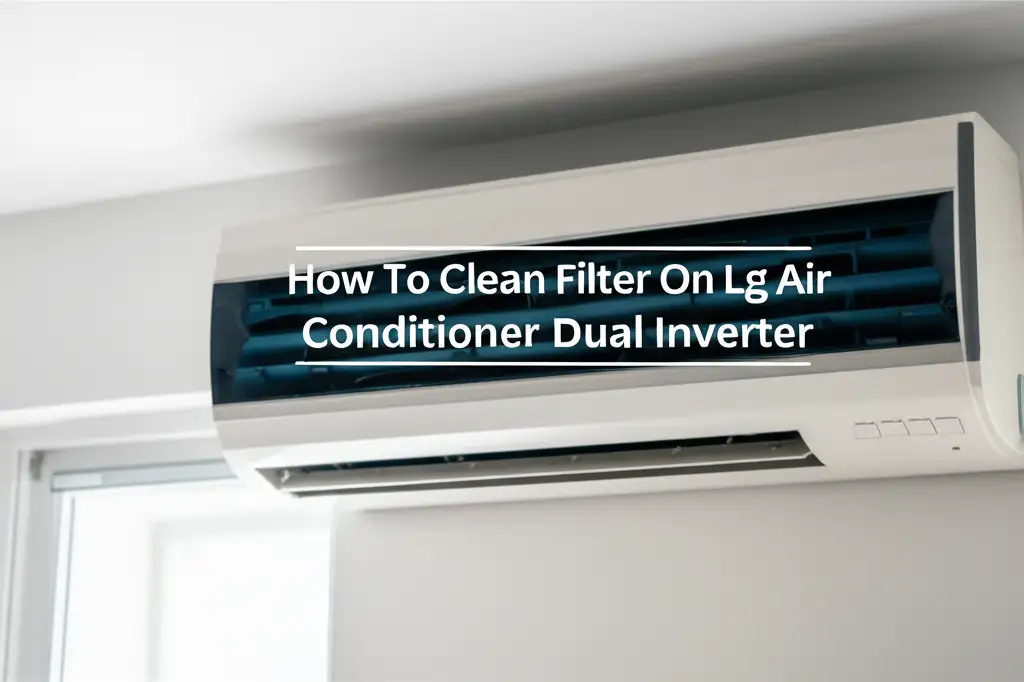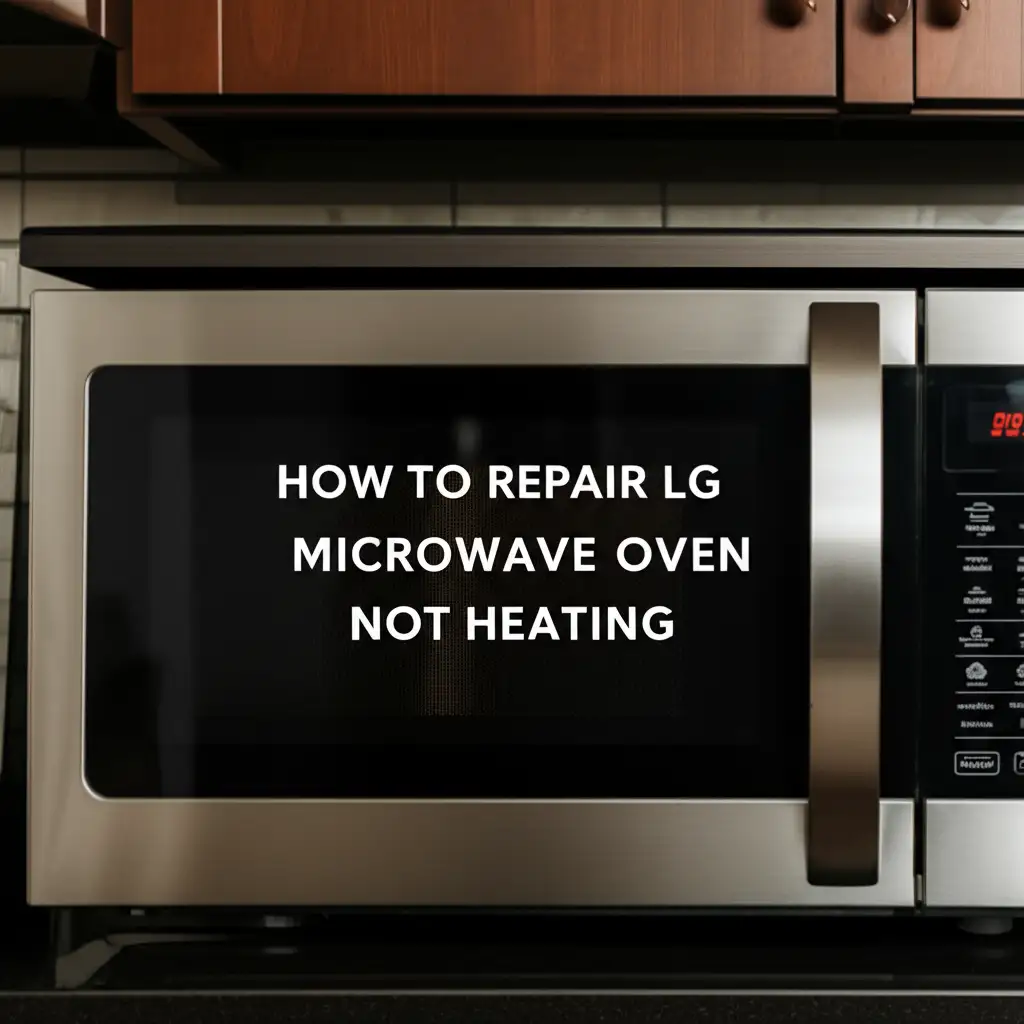· Todd Martin · Home Appliances · 12 min read
How To Wire Bosch Oven

Safely Wire Your Bosch Oven for Optimal Performance
Bringing a new Bosch oven into your kitchen is exciting. This appliance promises to enhance your cooking experience. Proper installation ensures its safe and efficient operation. One critical step in this process is correctly wiring the oven. Incorrect wiring can lead to safety hazards or appliance damage.
This article provides a complete guide on how to wire a Bosch oven. We cover everything from understanding electrical requirements to essential safety measures. You will learn about the tools needed and follow step-by-step connection instructions. We also discuss verifying your work and troubleshooting common issues. Our goal is to help you install your Bosch oven safely and correctly, allowing you to enjoy your new appliance without worry.
Takeaway
Wiring a Bosch oven requires careful attention to electrical details and safety.
- Always turn off power at the main breaker before starting work.
- Verify your home’s electrical system meets the oven’s voltage and amperage needs.
- Use the correct wire gauge for the dedicated circuit.
- Follow the oven’s wiring diagram precisely, distinguishing between 3-wire and 4-wire setups.
- Test all connections before securing the oven.
How do you wire a Bosch oven?
Wiring a Bosch oven involves connecting its electrical supply wires to your home’s designated electrical circuit. This process requires identifying the correct voltage, using proper wire gauges, and connecting hot, neutral, and ground wires according to the oven’s specific wiring diagram and local electrical codes, always with the power off.
Understanding Bosch Oven Electrical Needs
Installing a new Bosch oven means understanding its power demands. Every oven needs a specific electrical supply. Bosch ovens typically run on a 240-volt dedicated circuit. This is different from the standard 120-volt outlets used for small appliances. A dedicated circuit means the oven has its own circuit breaker in your electrical panel. No other appliance shares this circuit. This setup prevents overloading and ensures stable power delivery.
The amperage requirement varies by oven model. Most Bosch ovens need a 30-amp or 40-amp circuit. You must check your specific oven’s rating plate or installation manual. This plate is usually on the oven frame or door. Finding the exact amperage is very important. Using an undersized circuit can cause the breaker to trip often. It also creates a fire risk.
Wire gauge is another critical factor. The gauge refers to the thickness of the wire. Thicker wires carry more current safely. A 30-amp circuit typically requires 10-gauge wire. A 40-amp circuit needs 8-gauge wire. Always use copper wire. Aluminum wire has different properties and requires specific handling for safety. Your local electrical code may have additional rules. Always consult these codes to ensure compliance. Meeting these electrical needs is the first step toward a safe and functional oven installation.
Essential Safety Steps Before Wiring Your Oven
Electrical work demands strict safety practices. Ignoring safety can lead to serious injury or property damage. The most important step is to cut off power. Go to your home’s main electrical panel. Find the circuit breaker labeled for your oven or kitchen. If labels are unclear, turn off the main breaker for your entire home. Use a lockout/tagout device if available. This stops anyone from turning the power back on while you work.
Always test for power before touching any wires. Use a non-contact voltage tester. Touch the tester to the wires you plan to connect. If the tester lights up or beeps, power is still present. Do not proceed until the circuit is completely dead. Confirming the absence of power protects you from electrical shock. Never assume the power is off without testing it.
Wear personal protective equipment (PPE). Insulated gloves offer a layer of protection against accidental contact with live wires. Safety glasses protect your eyes from debris or sparks. Work in a dry environment. Water conducts electricity and increases shock risk. Keep your work area clear and well-lit. Having enough space helps prevent accidental contact with other objects. Remember, safety is your top priority when dealing with electricity. Do not rush any step.
Gathering Tools and Identifying the Oven Power Source
Before you start wiring, gather all necessary tools. Having the right tools makes the job easier and safer. You will need a screwdriver set, including Phillips and flathead types. Wire strippers are essential for removing insulation from wires. Pliers, like lineman’s pliers, help grip and bend wires. A non-contact voltage tester confirms power is off. A flashlight improves visibility in tight spaces. You may also need wire nuts or terminal connectors. Ensure these are rated for the correct wire gauge and amperage.
Locating the oven’s power source is the next step. Most Bosch ovens do not come with a power cord attached. They are hardwired directly into a junction box. This box is usually recessed in the wall directly behind the oven’s final position. The junction box contains the electrical wires from your home’s circuit. It usually has three or four wires. These wires match the typical wiring colors: black, red, white (or gray), and bare copper (or green).
The bare copper or green wire is the ground wire. It provides a path for fault current. The white or gray wire is the neutral wire. Black and red wires are hot wires, carrying 120 volts each. Together, they supply the 240 volts needed for the oven. Some older homes may only have three wires (black, red, ground). Modern installations typically use a four-wire setup, including a dedicated neutral. Identify your setup before starting connections. Understanding these wire types and colors is crucial for correct installation.
Step-by-Step: Connecting Wires to Your Bosch Oven
Wiring your Bosch oven involves careful connection of wires to the terminal block. This block is typically found at the back or bottom of the oven. It has clearly marked terminals for hot, neutral, and ground connections. First, remove the terminal block cover. This exposes the connection points. You will see screws or clamp terminals ready for wires.
Identify the wires coming from your home’s junction box. If you have a 4-wire system (common in newer homes):
- Connect the bare copper or green ground wire from the wall to the ground terminal on the oven. This terminal is often green or marked “GRD” or with a ground symbol.
- Connect the white or gray neutral wire from the wall to the neutral terminal. This terminal is usually marked “N” or “NEUT.”
- Connect the black hot wire from the wall to one of the hot terminals. These are typically marked “L1” or “Hot1.”
- Connect the red hot wire from the wall to the other hot terminal. This is usually marked “L2” or “Hot2.”
If you have a 3-wire system (common in older homes):
- Connect the bare copper or green ground wire from the wall to the ground terminal on the oven.
- Connect the black hot wire from the wall to one hot terminal.
- Connect the red hot wire from the wall to the other hot terminal.
- Important: For a 3-wire connection, the oven’s neutral terminal (N) must be bonded to the oven frame ground terminal. Bosch ovens typically come with a metal strap or wire for this purpose. Attach this strap between the neutral terminal and the ground terminal on the oven. Check your oven’s manual for specific instructions on bonding the neutral for 3-wire installations.
Ensure all connections are tight. Loose connections can generate heat and pose a fire risk. Use a screwdriver to firmly tighten all terminal screws. Replace the terminal block cover securely. Double-check all connections against the oven’s wiring diagram. Accuracy here ensures safe and proper oven operation.
Verifying the Connection and Troubleshooting Common Issues
After wiring your Bosch oven, you must verify the connections. This step ensures everything is correct before turning on the power. Visually inspect all wire connections. Make sure they are tight and secure. No bare wire strands should be visible outside the terminals. Confirm that the correct wire colors match their respective terminals (hot to hot, neutral to neutral, ground to ground). For 3-wire setups, ensure the neutral-to-ground bond strap is correctly installed.
Once the visual check is complete, carefully slide the oven into its cabinet. Do not push it all the way in yet. You need access to the breaker panel. Go back to your main electrical panel. Turn the circuit breaker for the oven back on. Listen for any unusual sounds. Check for any burning smells. These are signs of a problem.
Now, test the oven’s basic functions. Turn on the oven light. Set the oven to a low bake temperature. Observe if the heating elements begin to glow. Check if the control panel lights up correctly. If the oven does not turn on, or the breaker trips immediately, turn off the power again. Do not ignore a tripped breaker.
Common troubleshooting steps include:
- Breaker trips: This often means a short circuit or an overload. Double-check wire connections for stray strands or incorrect placement. Ensure your wire gauge matches the circuit breaker’s amperage.
- Oven no power: Confirm the breaker is on. Re-check all wire connections at the oven terminal block and within the junction box. A loose neutral wire can cause this issue.
- Partial power/elements not heating: This might indicate an issue with one of the hot legs. Confirm both black and red wires are connected correctly and securely.
- Error codes: If your Bosch oven displays an error code after powering up, consult your owner’s manual. Often, error codes can point to specific issues. Sometimes, a simple reset can clear minor glitches. You can find instructions on how to reset Bosch oven models in your appliance manual or through online guides. For example, some issues might resolve by simply cycling power or performing a specific button sequence.
If you cannot identify or fix the problem, contact a certified electrician. Electrical work can be dangerous. It is always better to seek professional help than to risk injury or damage.
Securing Your Bosch Oven and Final Checks
Once you confirm the oven works correctly, it is time to secure it in place. Most Bosch ovens come with anti-tip brackets. These brackets are crucial for safety. They prevent the oven from tipping forward when the oven door is open and weight is applied to it, like a child climbing on the door. Install these brackets according to the Bosch oven’s installation manual. They usually screw into the cabinet framing or the floor. Ensure they are firmly anchored.
Slide the oven fully into its cabinet opening. Check that it sits level and flush with your cabinetry. Use a level tool to verify alignment. Adjust the oven’s leveling feet if needed. Many Bosch ovens have adjustable feet at the bottom. Proper leveling ensures even cooking and a clean aesthetic. Make sure the oven’s weight is evenly supported.
Finally, perform a comprehensive check:
- Reconfirm circuit breaker is on.
- Verify all functions: Test the bake, broil, and convection (if applicable) settings. Check the timer and light.
- Clean the exterior: Wipe down any fingerprints or dust from the installation process.
- Read the manual: Review your Bosch oven’s user manual for initial operation tips. It might include instructions for a first-time burn-off. This removes manufacturing residues and odors.
- Consider smart features: If your Bosch oven has smart capabilities, you might want to connect it to your home network. Learn how to connect Bosch oven to WiFi for remote control and notifications. This typically involves following instructions within the Bosch Home Connect app after the oven is powered.
A properly secured and tested oven is ready for use. Enjoy your new Bosch appliance.
Frequently Asked Questions
Q1: Do Bosch ovens come with a power cord? A1: Most Bosch wall ovens and cooktops do not include a power cord. They are designed for hardwiring directly into a dedicated electrical circuit in your home. This setup ensures a secure and permanent electrical connection. You will need to purchase the appropriate wire and connectors separately.
Q2: What wire gauge do I need for a Bosch oven? A2: The required wire gauge depends on the oven’s amperage rating. For a 30-amp circuit, use 10-gauge copper wire. For a 40-amp circuit, use 8-gauge copper wire. Always confirm the specific requirements in your Bosch oven’s installation manual to ensure safety and compliance with local codes.
Q3: Can I wire a Bosch oven myself? A3: Wiring a Bosch oven is a task that can be done by a knowledgeable DIY enthusiast. However, it involves working with high voltage electricity. If you are not comfortable or experienced with electrical work, it is best to hire a qualified electrician. Safety is the top priority.
Q4: What is the difference between 3-wire and 4-wire oven connections? A4: A 3-wire connection has two hot wires and a shared neutral/ground wire. A 4-wire connection has two hot wires, a separate neutral wire, and a separate ground wire. Modern electrical codes typically require 4-wire setups for new installations due to enhanced safety. Your Bosch oven manual will show both options.
Q5: What should I do if my Bosch oven isn’t working after wiring? A5: First, ensure the circuit breaker is on and not tripped. Check all wire connections for tightness and correct placement. Consult your oven’s manual for troubleshooting specific error codes. If the issue persists, or you suspect a wiring error, turn off the power and call a professional electrician for assistance.
Conclusion
Wiring your Bosch oven successfully ensures its safe operation. We covered the important steps, from electrical requirements to testing. You learned about circuit types, wire gauges, and safety measures. Following our clear, step-by-step instructions helps you connect your oven correctly. Remember to turn off the power before starting any work. Use the right tools and double-check every connection.
A properly wired Bosch oven integrates seamlessly into your kitchen. If you ever encounter an issue like an error code or unexpected behavior, remember that you can often find solutions by understanding your oven’s functions or by resetting its system. For instance, how to reset Bosch oven guides can be helpful for minor glitches. Furthermore, after a successful installation, you might want to explore the smart features of newer models. Learning how to connect Bosch oven to WiFi can add convenience to your cooking experience. By following these guidelines, you ensure your Bosch oven operates at its best. Enjoy cooking with your newly installed appliance.





